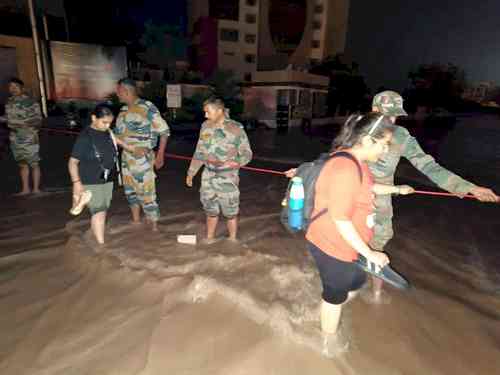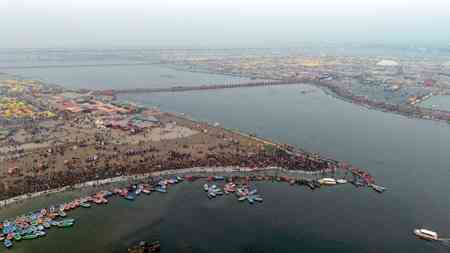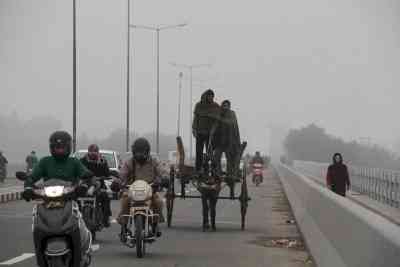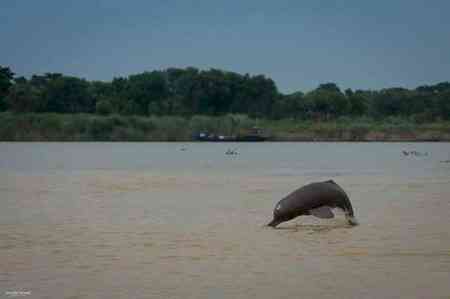Heavy rains in Himachal responsible for Punjab floods: Minister
Attributing heavy rains in Himachal Pradesh for floods in Punjab, state Water Resources Minister Gurmeet Singh Meet Hayer on Thursday held a review meeting with officials of the department to take stock of the flood situation in several districts and directed them to speed up the ongoing rescue and relief work.

Chandigarh, July 20 (IANS) Attributing heavy rains in Himachal Pradesh for floods in Punjab, state Water Resources Minister Gurmeet Singh Meet Hayer on Thursday held a review meeting with officials of the department to take stock of the flood situation in several districts and directed them to speed up the ongoing rescue and relief work.
Meet Hayer said Chief Minister Bhagwant Mann is keeping a close eye on the flood situation and he is constantly taking reports from the department.
On the instructions of the Chief Minister, the department is monitoring the water situation in dams, rivers, and canals and the work of filling the gap is being done fast.
During the meeting, Principal Secretary, Water Resources, Krishan Kumar presented a report on the current situation and detailed the ongoing works.
The minister said the reason for the situation in many districts of Punjab is due to the heavy rains that fell on July 9 and 10. Divulging details, he said in normal times, there is a total average of 288 mm of rain in Ropar in July, but this time 377 mm of rain fell in just two days. Similarly, in July the total average rainfall in Mohali was 208.6 mm but this time 266 mm was received in two days.
“If we talk about the whole of Punjab, the state used to receive 161.4 mm of rain in July and this time, 83.4 mm of rain was received in two days. The rains in Himachal Pradesh are also the main reason behind the excess water in the rivers of Punjab. Himachal Pradesh receives an average of 255.9 mm of rainfall in July, while 195.8 mm of rain fell on July 9 and 10,” the minister said.
Meet Hayer said the water level in Bhakra Dam is 1,648.12 feet on July 20 against the capacity of 1,680 feet. The water level in Pong Dam is 1,374 feet while the capacity is 1,390 feet and the water level in Ranjit Sagar Dam is 1,721.4 feet with the capacity of 1,731.99 feet.
Giving information about the water level in the three dams in the last 11 days, he said from July 9 to July 20, the water level in Bhakra Dam has increased by 41.46 feet, in Pong Dam by 35.13 feet, and in Ranjit Sagar Dam by 33.9 feet.
This season, he said, the flood gates were not opened even once from the Bhakra Dam. A maximum of 35,000 cusecs of water is released through the turbines which is required and essential for power generation.


 IANS
IANS 










